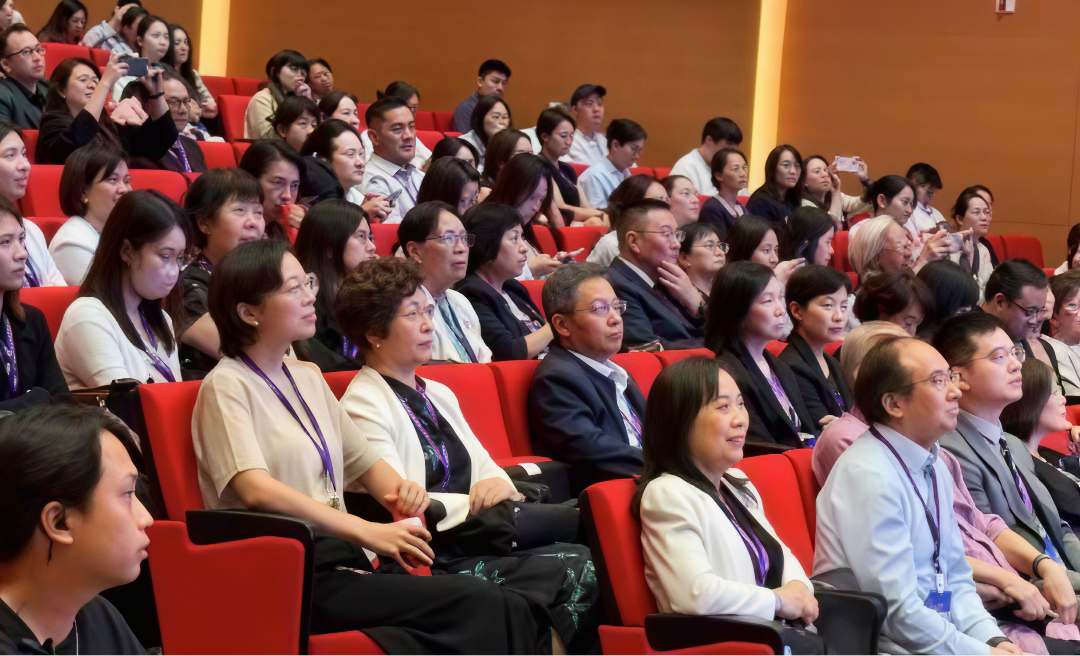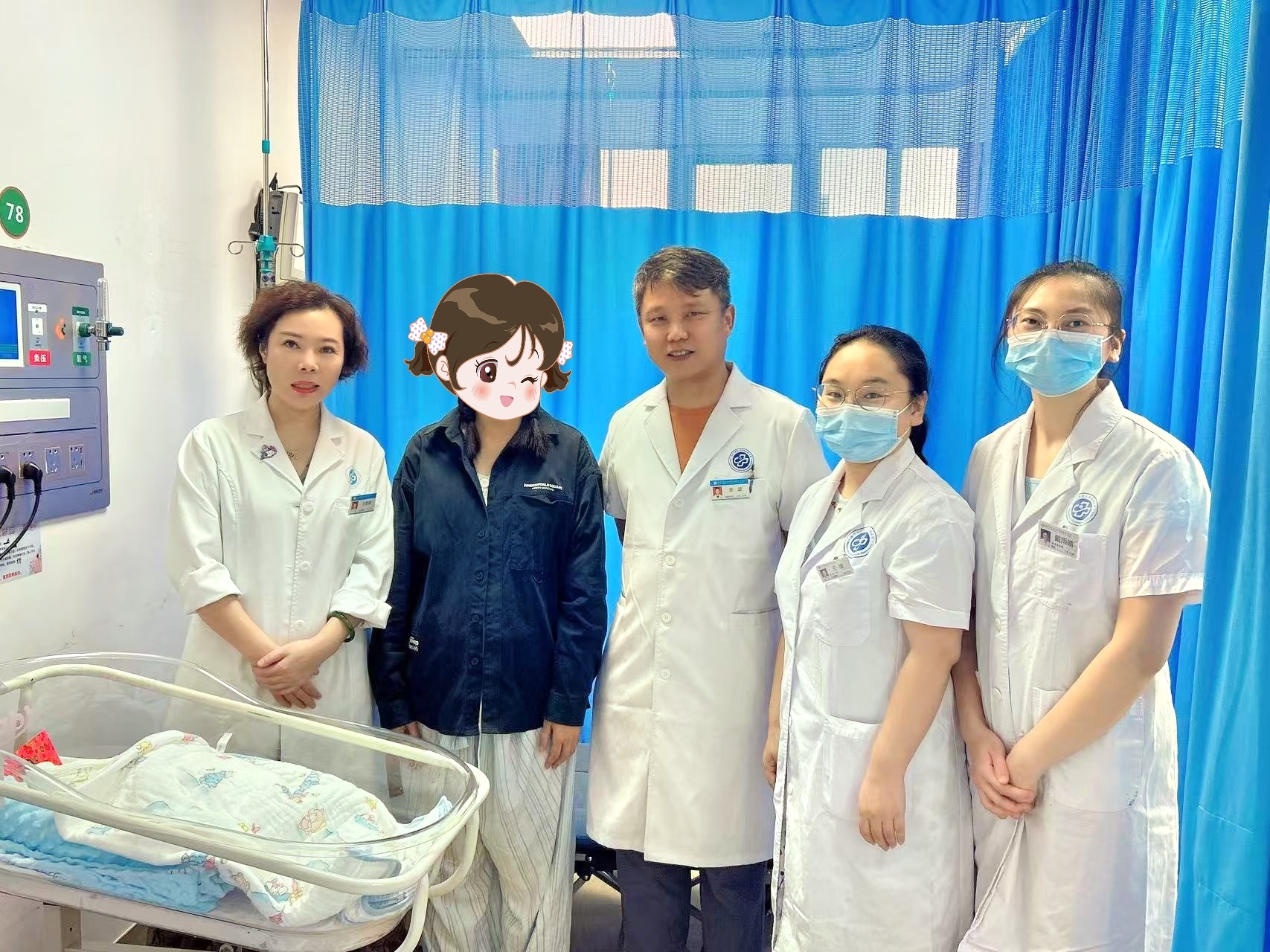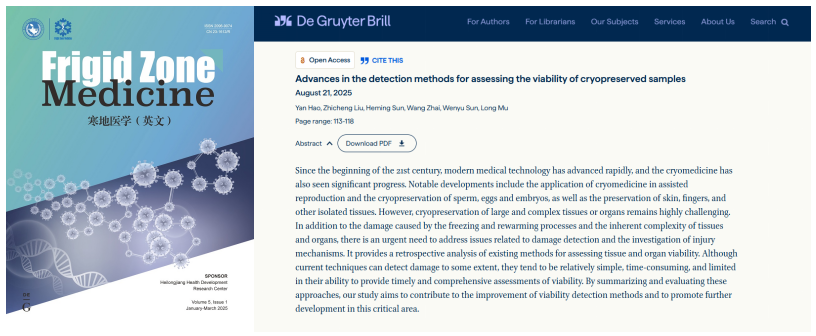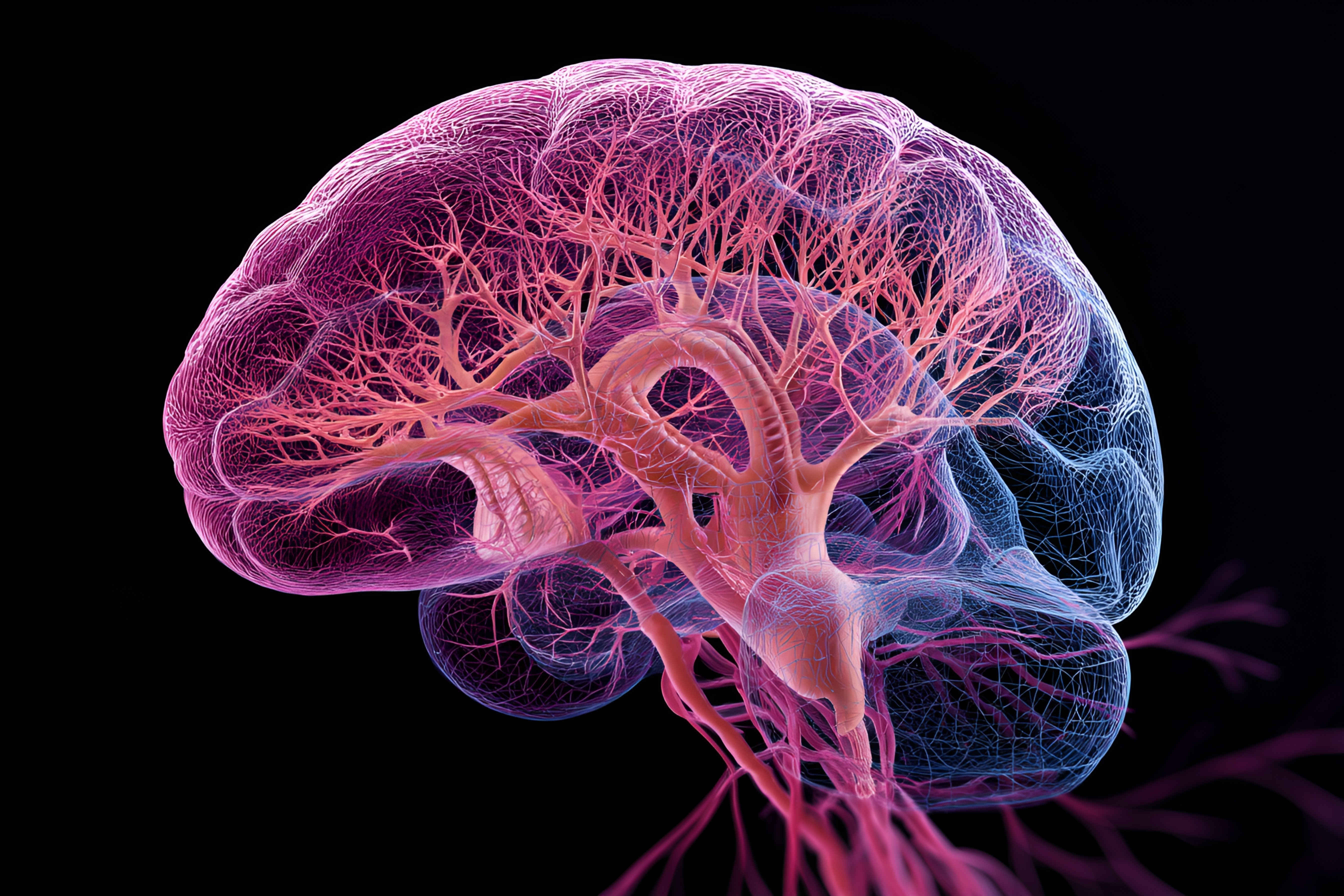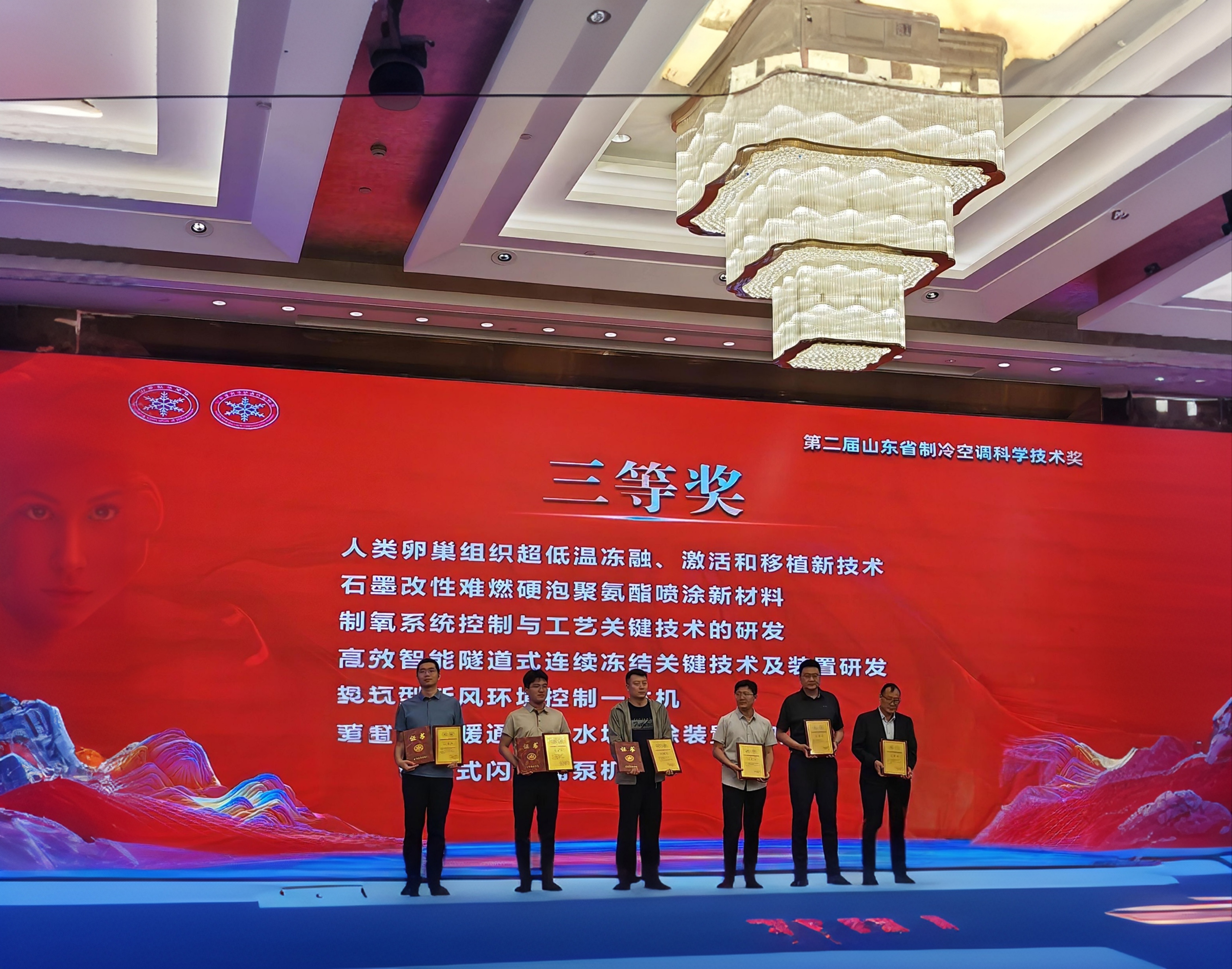Neuralink's New Breakthrough: ALS Patient Achieves Autonomous Robotic Arm Control via Brain-Computer Interface
Release time:
2025-10-14
On October 12, Elon Musk’s brain-computer interface company Neuralink announced a major technical advancement: a patient with amyotrophic lateral sclerosis (ALS, commonly known as "frozen disease") successfully controlled a robotic arm using only their thoughts to complete multiple daily tasks via Neuralink’s system. This marks a critical leap for brain-computer interfaces, transitioning from digital interaction to physical control.
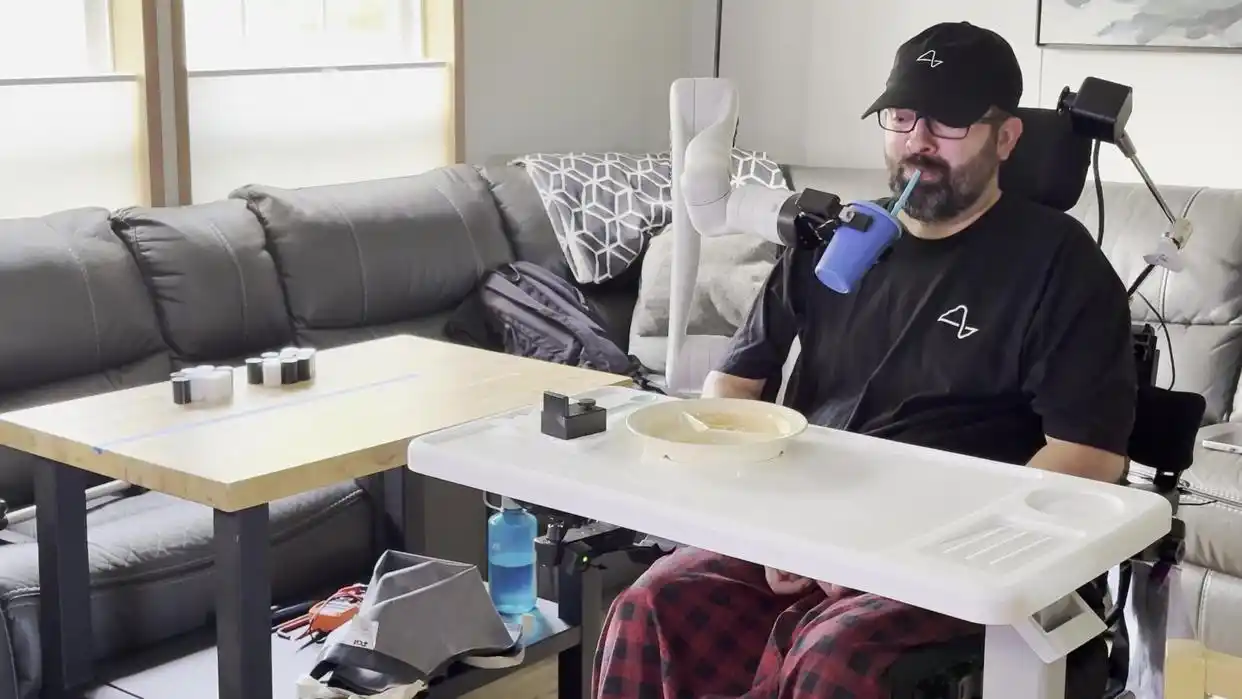
Demonstration videos of the patient, Nick Wray, show that the N1 chip implanted in his brain can decode neural signals in real time, wirelessly convert them into Bluetooth commands, and precisely drive the robotic arm to perform actions such as grasping a cup to drink, opening a refrigerator to retrieve items, heating food in a microwave, and putting on a hat. These seemingly "ordinary" tasks—taken for granted by those with severe mobility limitations—represent a significant milestone in regaining control over daily life. Additionally, Wray set a record in a dexterity test for stroke patients, moving 39 cylinders in five minutes. He also used the interface to control an electric wheelchair for the first time and completed a challenge he called an "incredible trick shot" (a related video will be released later).
This achievement stems from Neuralink’s "CONVOY" clinical study, approved by the U.S. Food and Drug Administration (FDA), which aims to test the effectiveness of brain-computer interfaces in assisting patients with daily tasks. Wray is the eighth participant to receive this experimental implant. Neuralink launched its first U.S. human trials in 2024, having previously addressed safety concerns raised by the FDA in 2022 through technical improvements to secure approval.
Notably, the first implant recipient, Noland Arbaugh, previously demonstrated digital interaction capabilities, including controlling a cursor and playing video games with his thoughts. Although a fault occurred where 85% of the fine wires in his device detached, Neuralink quickly optimized signal interpretation via a software update, maintaining the device’s effectiveness.
The N1 chip is the core of this breakthrough. About the size of a 10-pence coin, this implant contains 128 wires thinner than human hair, connected to approximately 1,000 electrodes. It directly reads signals from the brain’s motor cortex, converting neural activity into precise digital commands.
From controlling computers to operating robotic arms, Neuralink is expanding the application of brain-computer interfaces from the digital realm to the physical world. For patients with limited mobility—such as those with ALS or paralysis—this technology not only offers the possibility of "moving again" but also carries the hope of restoring dignity in life. As clinical trials progress, brain-computer interfaces may drive more profound transformations in neurorehabilitation.
Latest developments
The significance of life extension lies not only in technological breakthroughs but also in the shared belief of every individual who believes in "a better future." With faith as their torch, these fellow travelers join hands, pooling their strength to stride forward together. We firmly believe that as this steadfast support converges into a powerful force, it will propel the Yinfeng Life Extension Plan to gain broader attention, inject continuous momentum into the development of cryobiomedicine, and illuminate the next chapter of human civilization.
Over the two days, the symposium was not only a collision of ideas but also seeds sown to advance social progress in life culture. The Shandong Yinfeng Life Science Public Welfare Foundation will continue to use technology as wings and culture as roots, collaborating with all sectors of society to enhance the quality of life for the Chinese people and build a human-centered life care system.
According to recent announcements by the Jinan Municipal Bureau of Science and Technology, 11 outstanding achievements from Jinan have been included in the 2025 "Shandong Outstanding Achievements Report" project. Among them is the globally first-of-its-kind ovarian tissue dual-activation technology developed by Shandong Silver Med Life Science Research Institute (Jinan).
Recently, Frigid Zone Medicine, an authoritative international journal in the field of cryomedicine, published an important review titled "Advances in the Detection Methods for Assessing the Viability of Cryopreserved Samples". Written by the team of Yinfeng Cryomedical Research Center, the article systematically reviews and analyzes various detection techniques currently used to evaluate the viability of cryopreserved cells, tissues, and organs. It also proposes key directions from the perspectives of methodological integration and future instrument development, offering crucial theoretical support and practical guidance for the long - term cryopreservation of complex tissues and organs.
Recently, the "Novel Technology for Ultra-Low Temperature Cryopreservation, Activation, and Transplantation of Human Ovarian Tissue," developed through a collaborative effort between Shandong Yinfeng Life Science Research Institute and Beijing University of Chinese Medicine Shenzhen Hospital, has been awarded the 2025 Shandong Refrigeration and Air Conditioning Science and Technology Award. This groundbreaking technology pioneers a new pathway for female fertility preservation, marking a significant leap in China’s interdisciplinary advancements in reproductive medicine and cryobiology.




